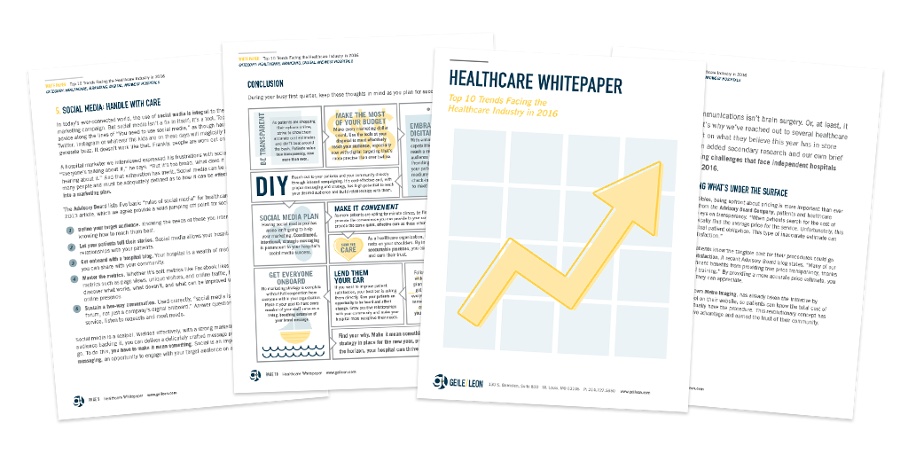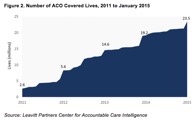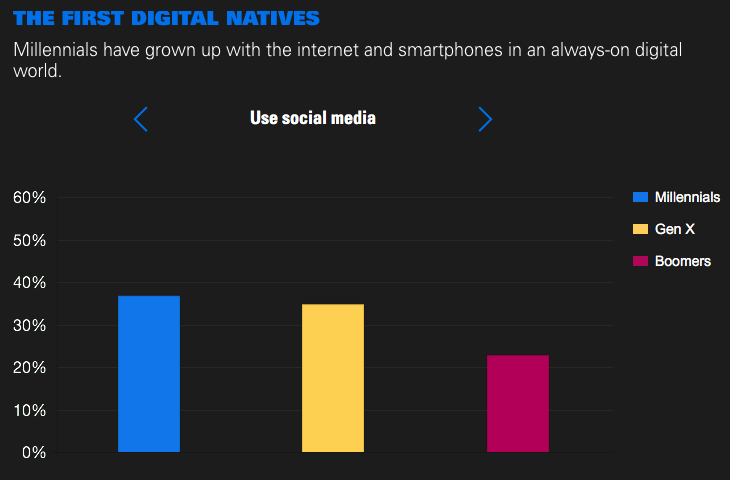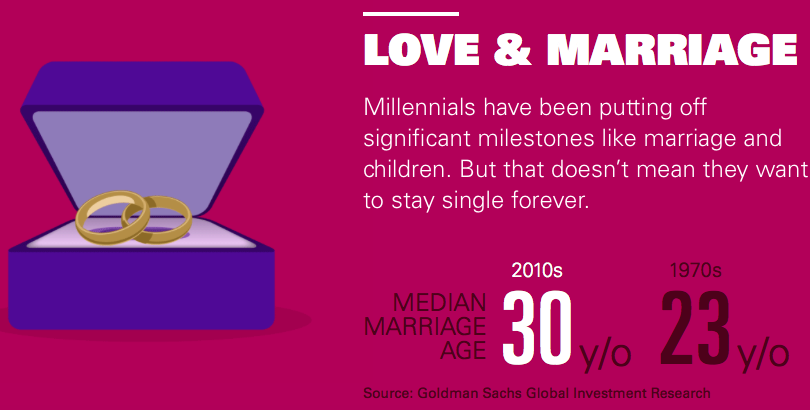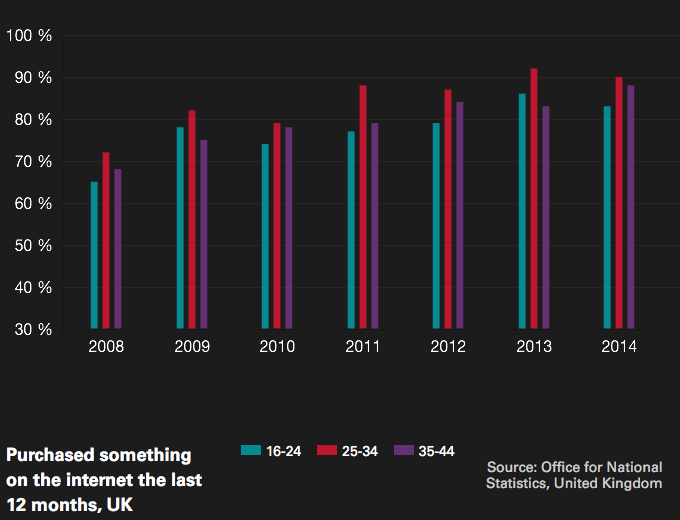The fashion industry is an incredibly difficult place to differentiate your brand. With so much competition, there are so many different directions to potentially go in. And yet, the beauty standards portrayed throughout the industry in media tend to strive for an ideal of beauty that is somewhat unrealistic for a majority of their audience. Body positivity is something that is discussed, but is oftentimes shuffled off to the side.
One of the first major forays into body positivity from a large brand perspective came from Dove and their Campaign for Natural Beauty. Indeed, Dove took a gamble in promoting the campaign during a Super Bowl ad, hitting audiences on one of the nation’s largest stages. The campaign evolved and had numerous offshoots and viral videos, which elevated the Dove brand to legitimately arguing for a discussion on the way we view ourselves.
And yet, for every positivity-focused campaign like that, there were moments that seemingly moved the needle backwards. An example of that came in 2013 when Abercrombie & Fitch CEO Mike Jeffries made additional statements regarding his desire for A&F to be exclusive for the “cool kids” by limiting the sizes their clothes were offered in. Perhaps not so surprisingly, Jeffries stepped down from the company only a year later.
But the struggle for fashion-focused brands to target a wider audience has continued. People with certain body types feel excluded. Runway models continue to show that divide. And being able to tell stories of different body types is a very tricky area for a brand to hit the right tone.
Selfridges, a large British department store, seems to have hit that body positivity message in a short film that produced that focuses less on the products they offer and more on the women who wear them. It’s a very vulnerable look at five women don’t seem to fit the mold of traditional beauty, but speak eloquently on why they’re happy in their own skin.
Again, it’s a very difficult message to tell, but by allowing the women interviewed to be shown in such an uncut fashion allows us to connect with them and feel their personal body positivity. The film’s director has this to say about her inspiration:
“For so long underwear advertising has been dominated by sexualised imagery of women in heightened poses and impossible designs. When in reality, this is worlds apart from the everyday act of putting on your pants and the choices we make in the morning. I hope the film helps to cut through the noise and show amazing women appearing stripped back, as they are, speaking truthfully. All five have achieved great things and for that reason I wanted to go back to basics – finding out how they felt about themselves. I would love people to feel inspired by these women; leaving them more positive and celebratory of their own bodies.”
What did you think about the film? Let us know your thoughts here or via social media and we’d be happy to hear it.
[gl-hs-form form_id=’1863abe3-c1e4-43d0-a298-c7b132f8ce03′]
 The best brands tell stories. Stories that their clients and customers relate to, find compelling, elicit emotion and most importantly – motivate. The content that is created and shared on Instagram can solidify a brand’s identity and relationship with their audience. But, sharing the correct content is always key.
The best brands tell stories. Stories that their clients and customers relate to, find compelling, elicit emotion and most importantly – motivate. The content that is created and shared on Instagram can solidify a brand’s identity and relationship with their audience. But, sharing the correct content is always key. 